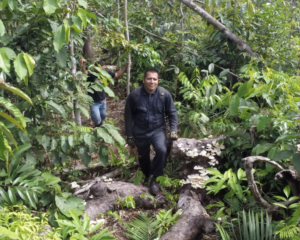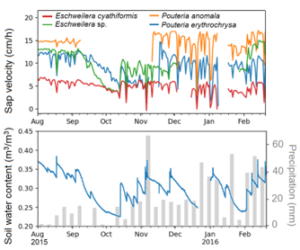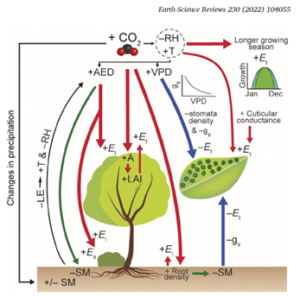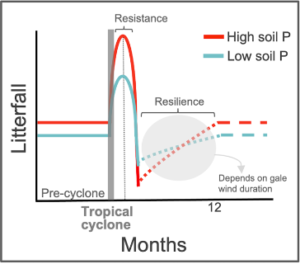Jennifer Holm, research scientist at Berkeley Lab’s Climate and Ecosystem Science Division, is a collaborator with the NGEE-Tropics project and serves as the project liaison to E3SM’s Functionally Assembled Terrestrial Ecosystem Simulator (FATES). She was recently a guest feature on Aliyah Kovner’s A Day in the Half-Life podcast. Her appearance on the podcast was dedicated to explaining and demystifying the concept of climate models. For years, models have been employed by climate scientists to anticipate Earth’s long term weather patterns and conditions. Despite the long history of the technology and the importance of its function, many people are still uninformed of the details and significance of climate modeling. Luckily, scientists like Holm have been taking great strides to introduce the public to the ins and outs of these vital processes. While featured on the podcast, Holm detailed the goals of climate science and computing, the kinds of projections you can expect from the modeling processes, the impact the prediction technology has had, the history of climate modeling and the different eras the subject has undergone, and more. At the end, Holm states that the future of climate research will be dependent on the “human element” and the interactions between humans and the environment. We offer a big thank you to Holm for taking steps to bridge the information gap and reaching out to educate audiences. Listen to the full podcast here to learn more about what Jennifer has to say about climate change.

Headshot of Jennifer Holm



![[Shi et al., 2022] The regressions of ET-P on δD_004 from both observations and isotope enabled Community Atmosphere Model (iCAM). Panel (a) represents the regressions of GRACE terrestrial water storage (TWS)/discharge on AIRS δD_004 and panel (b) represents the regressions of ET-P on δD_004 from iCAM for three Amazon river basin groups during 2013–2015.](https://ngee-tropics.lbl.gov/wp-content/uploads/sites/16/2024/07/shi-2-1024x435.png) The regressions of ET-P on δD_004 from both observations and isotope-enabled Community Atmosphere Model (iCAM). Panel (a) represents the regressions of GRACE terrestrial water storage (TWS)/discharge on AIRS δD_004 and panel (b) represents the regressions of ET-P on δD_004 from iCAM for three Amazon river basin groups during 2013–2015. Image courtesy of authors
The regressions of ET-P on δD_004 from both observations and isotope-enabled Community Atmosphere Model (iCAM). Panel (a) represents the regressions of GRACE terrestrial water storage (TWS)/discharge on AIRS δD_004 and panel (b) represents the regressions of ET-P on δD_004 from iCAM for three Amazon river basin groups during 2013–2015. Image courtesy of authors